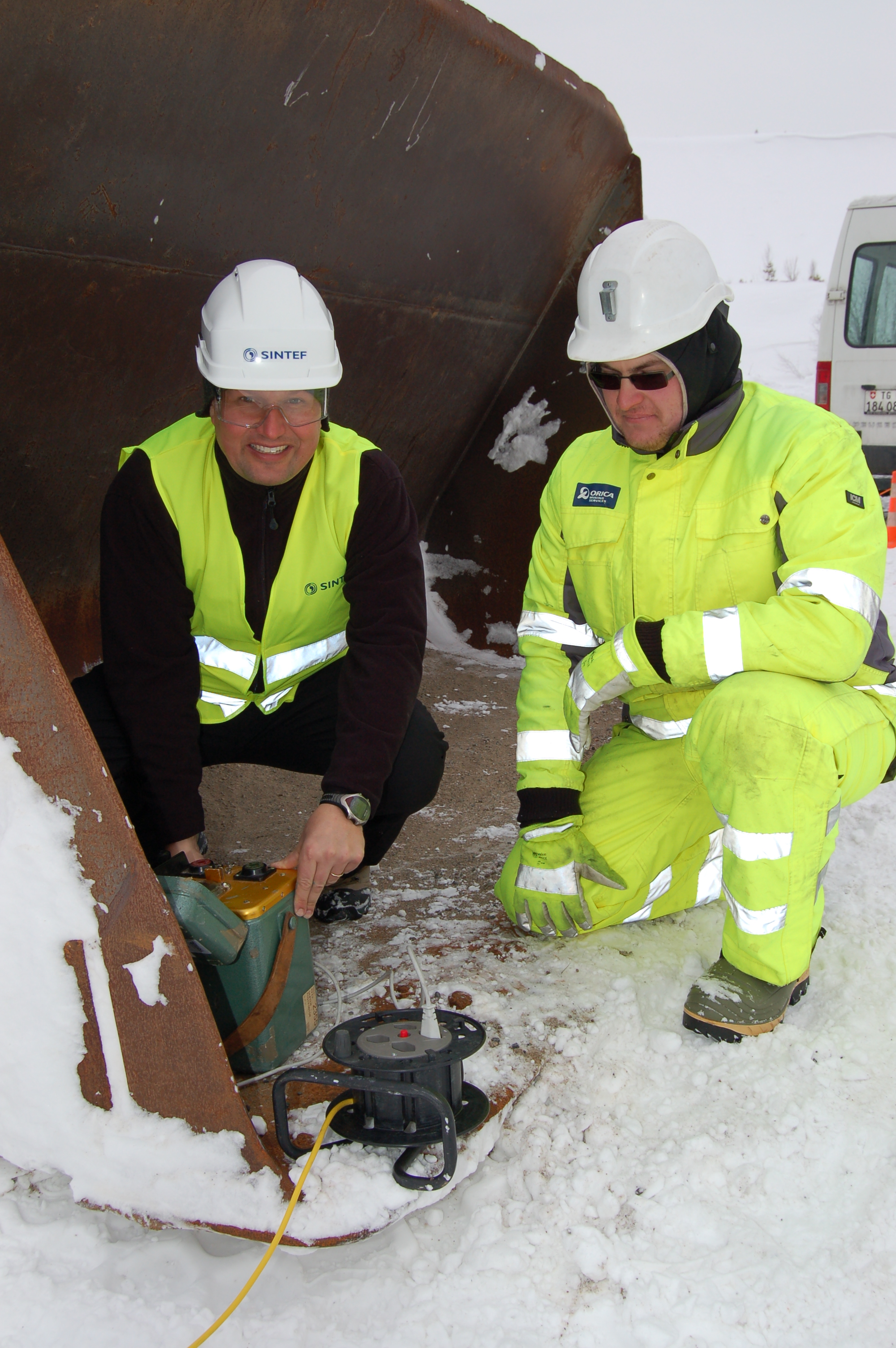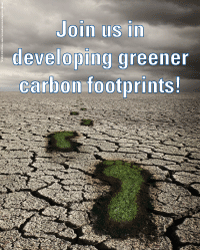|
News
28.11.12 Mid-November, a new drilling operation started. A new well will be used to test the injectivity of the sand layers down to approximately 115 meters deep. The operation is expected to be completed in early December. 28.06.11 International CO2 prize to SINTEF scientist Chief scientist and project adviser Erik Lindeberg of SINTEF Petroleum Research has been awarded the international research prize “The SINTEF and NTNU CCS Award” for his pioneering role in research on storing CO2 in geological strata. Read more here. 05.07.10 Appraisal well drilling completed The work with drilling the appraisal well which started up on June 10th ended on Monday 28th of June. The drilling reached the final depth at 333 meters Monday afternoon. The operation was conducted smoothly and according to plan. The data collected during the drilling operation is now being analyzed. All the information will be considered for the go/no-go decision to be taken in October. 31.05.10 Drilling of an appraisal well at the Svelvik ridge. It has now been decided that the drilling of an appraisal well will start up on the 10. of June. It is the drilling company Brøker Brønnboring from Denmark who will be performing the drilling while the mud handling and logistics will be done by Kraft Energi- og Brønnboring from Norway. Fridtjov Ruden will be the supervisor on site. The main objective of this drilling is to confirm the thickness of the sand layer and to collect sample materials from different levels so that we can get an even better description of the geological conditions in the area. The drilling will go on day and night, but there is not expected any problems with noise. We hope to be able to make the well more than 300 meters deep. This is the first time anyone has been drilling this deep in this type of sediments in Norway. An information letter was sent out today to the neighbors north and south of the sand pit. The letter is written in Norwegian and you can find it here: 06.04.10 Drilling of an appraisal well. We will start with the drilling of an appraisal well in the Field Lab in the beginning of June. The main purpose with this well is to confirm the sand layer thickness. Results from the seismic survey performed in February suggests that the sand layer is 300-500 meter thick. In addtition, rock samples from different depths will be collected to be able to make even better estimates of the subsurface properties. This well might also be used as a CO2 injection well or monitoring well later in the project. 02.03.10 A press release was issued, it can be downloaded here.
The visit was filmed by the norwegian national television NRK and shown the same evening on "TV Østafjells". This clip (in norwegian) can be watched here: http://www1.nrk.no/nett-tv/indeks/203454
26-28.02.10: The Swiss company Geoexpert will perform seismic measurements in the sand pit this weekend. Together with results from the electrical measurements preformed in November/December, these measurements will enable us to make a three dimensional map of the ground which will help us to decide if the sand pit is suitable for our purposes. To produce pressure waves needed for the seismic measurements, dynamite will be used. The amount of dynamite which will be used is quite small and there will be no danger regarding houses or properties. A letter of notification will be issued to local residents in good time before seismic measurements commence.
25.11.09: The French company BRGM started with electrical measurements of the ground in and around the sand pit. This type of measurement give information about the structures in the ground so that we can make a geological model of the area. The measurements were finished on December 2nd and were successful. The French workers came in contact with several neighbours who all were friendly and positive towards the project. A letter of information was sent out to the neighbours living south of the sand pit before the electrical measurements was started. Unfortunately, we were not able to provide sufficient information to the property owners and the neighbours north of the sand pit well enough. Several of these contacted Svelviksand wondering about what was going on in the area. These people were informed over the phone by Therese K. Flaathen at the University of Oslo and an information letter was sent out to all property owners and neighbours north of the sand pit on December the 3rd.
18.11.09: Representatives from Sintef, The University of Oslo and the Norwegian Geotechnical Institute were present on an open meeting at the Klokkarstua
24.06.2008: The application for the CO2 field Lab at the Svelvik ridge was accepted by the local community (Plan og utviklingsutvalget i Hurum kommune Plan og bygg).
28.04.08: We held our first open meeting at Nærmiljøforum Klokkarstua - Verket at Klokkarstua and Hovenga community centre. Here we informed the public about our project for the first time. The project was at this time not yet approved by the local authorities. Even so, we found it important to inform the members of the local community about our project.
|
Site activity day-to-day news
News about the recent activities at the site are updated by our site coordinator Marion Børresen from NGI.
| |

 01.03.10 Norway's Minister of Petroleum and Energy Terje Riis-Johansen visited the planned field laboratory. The minister received a presentation of the project and also interacted in the seismic survey performed at the site.
01.03.10 Norway's Minister of Petroleum and Energy Terje Riis-Johansen visited the planned field laboratory. The minister received a presentation of the project and also interacted in the seismic survey performed at the site.




